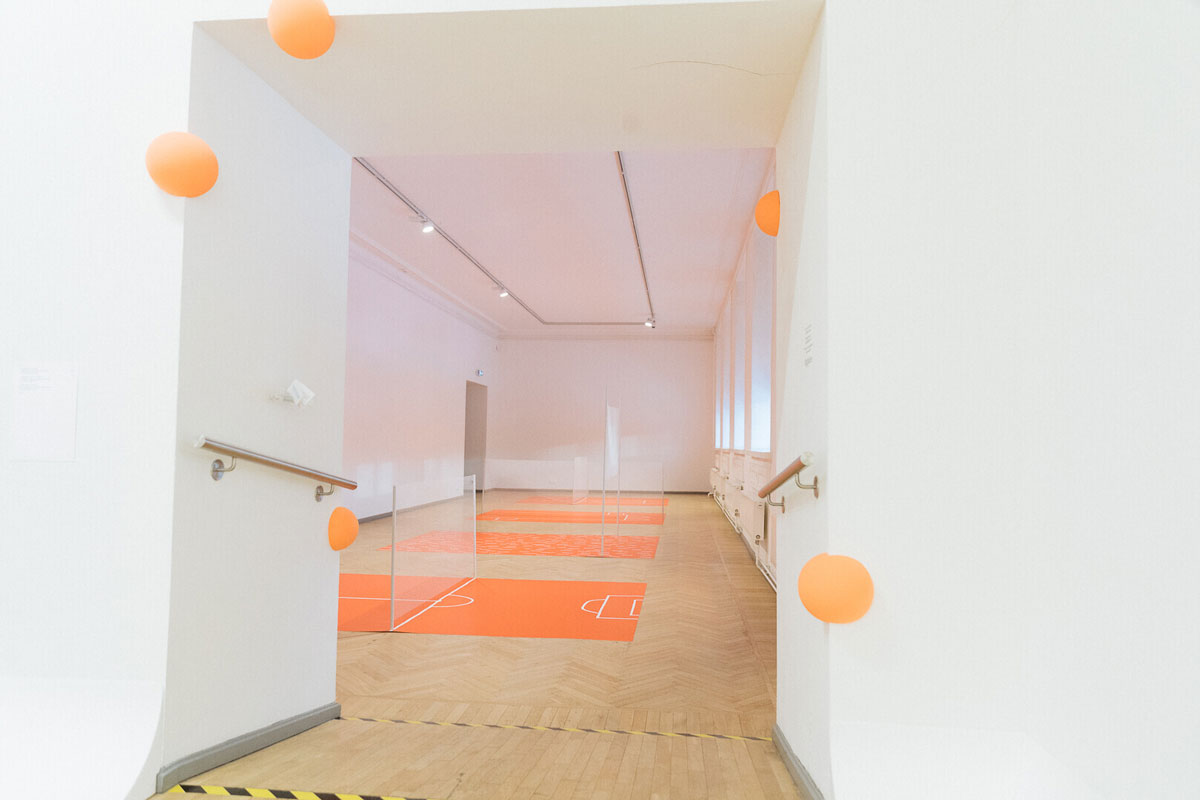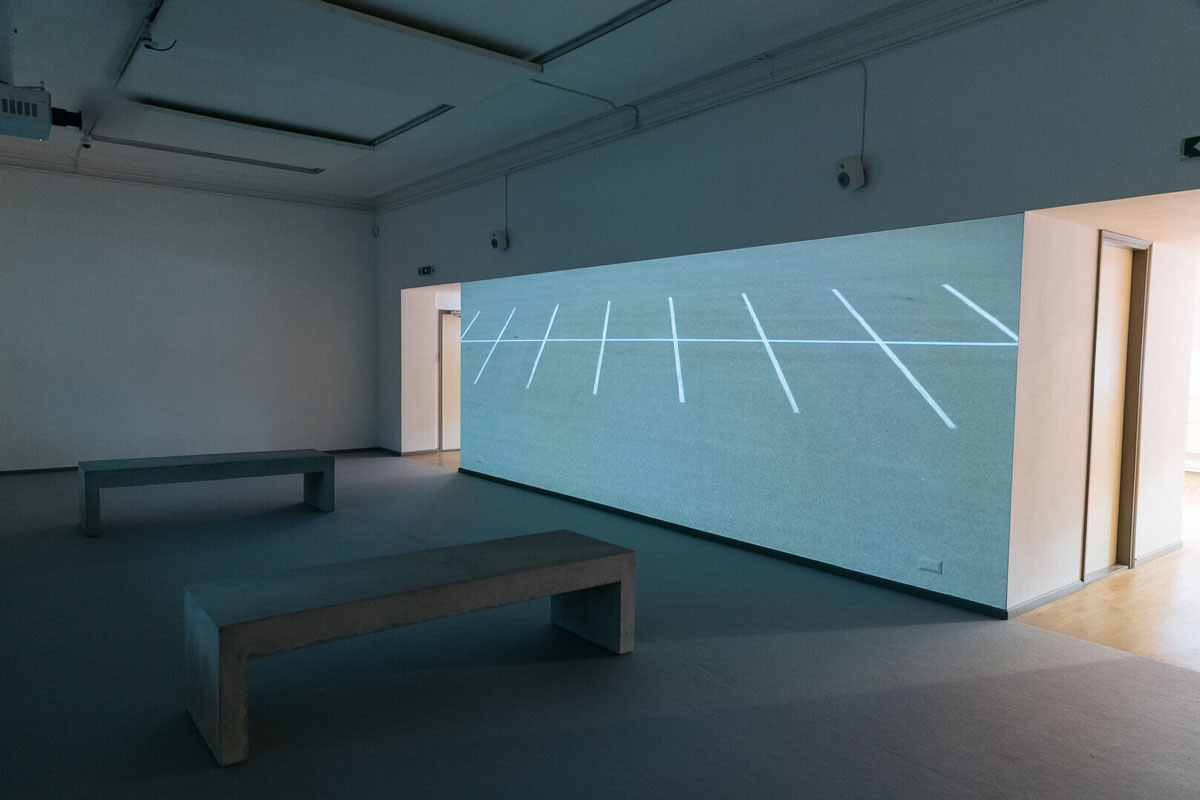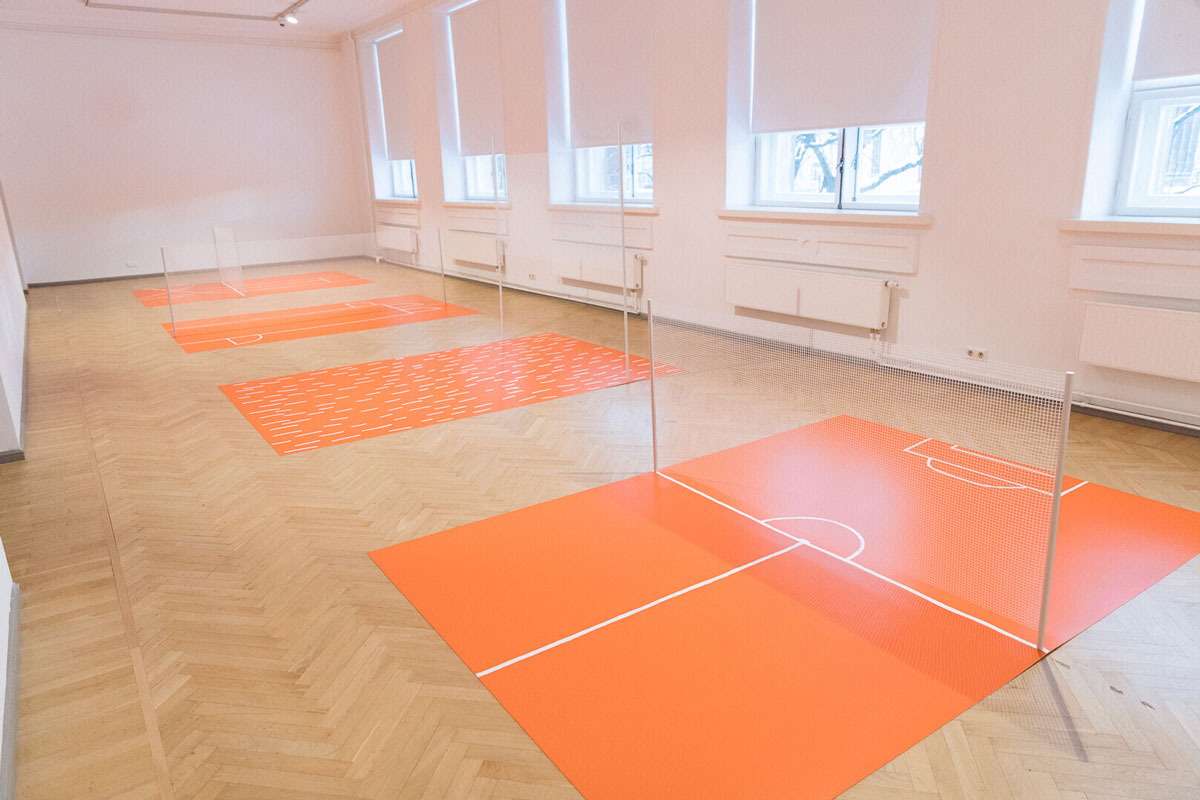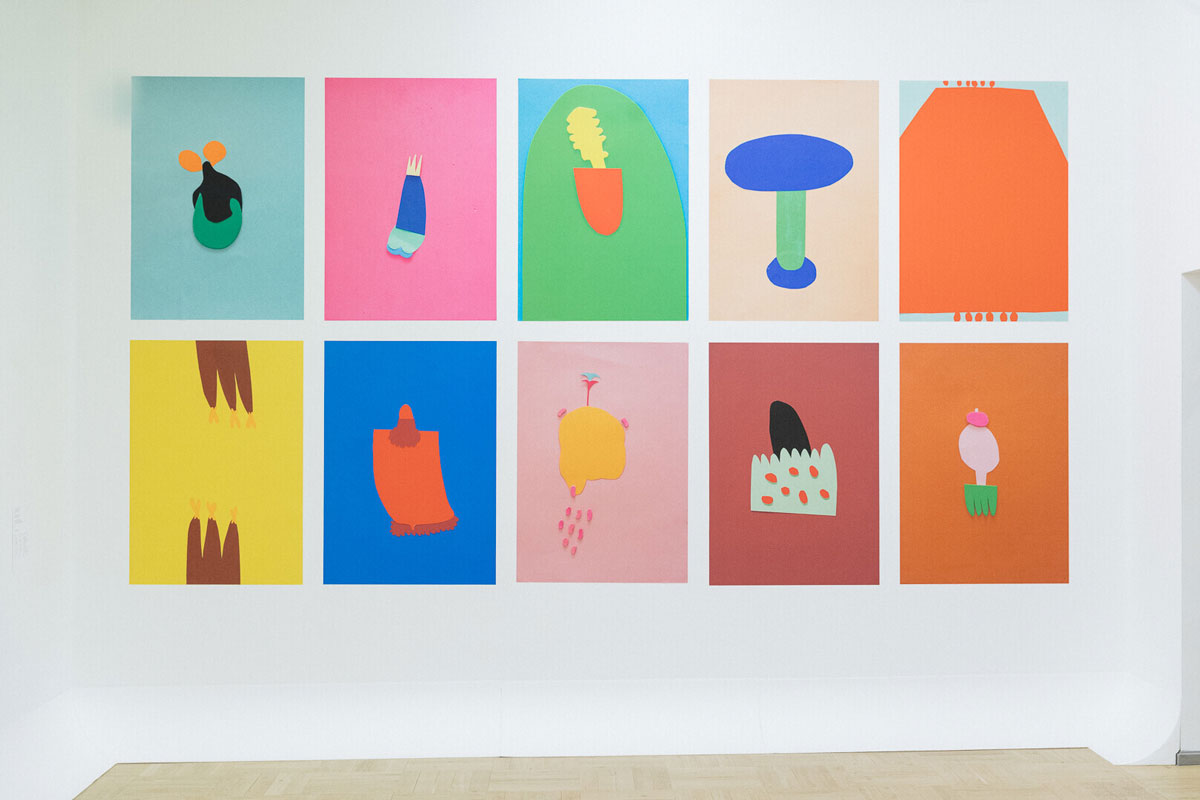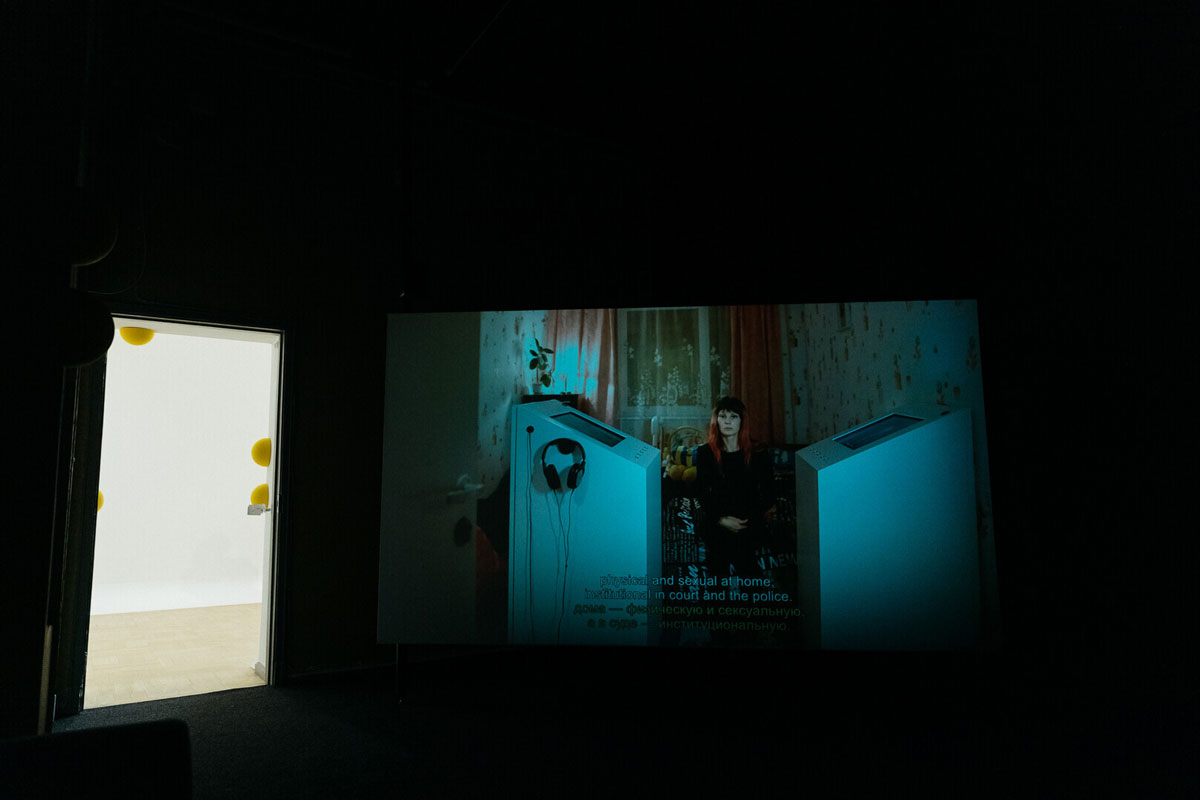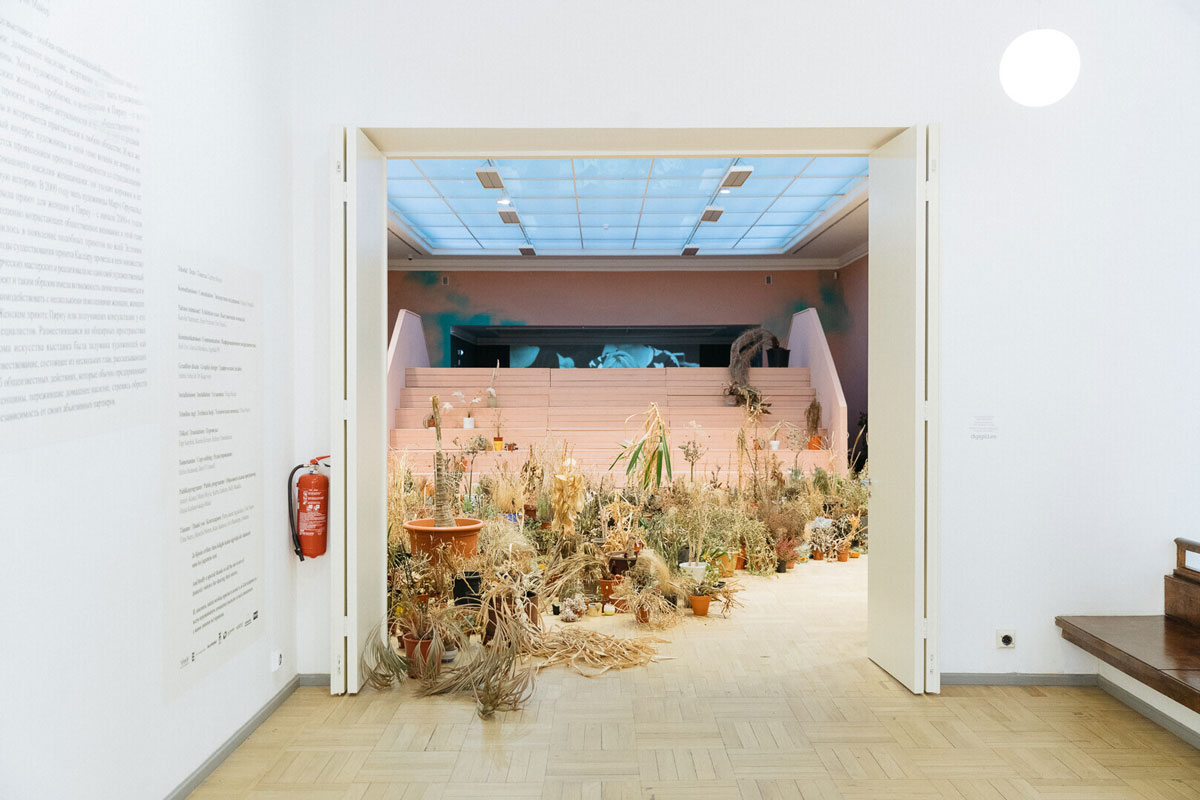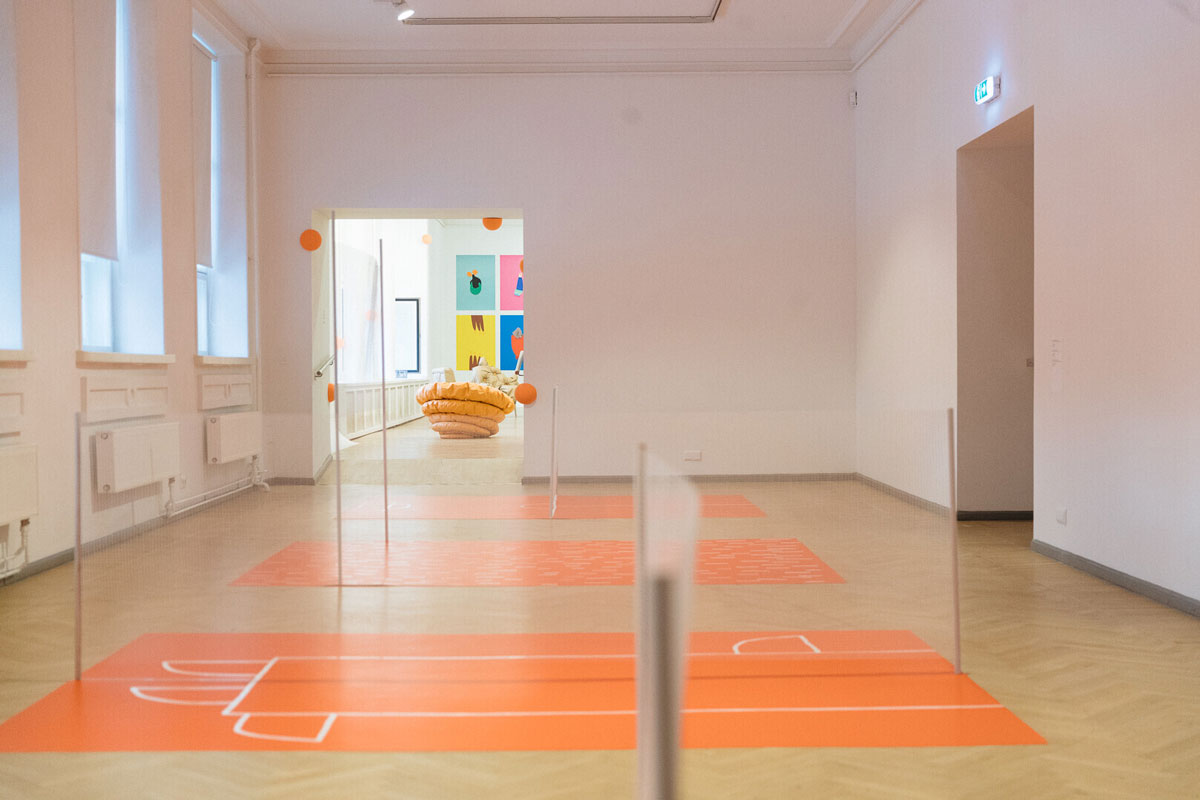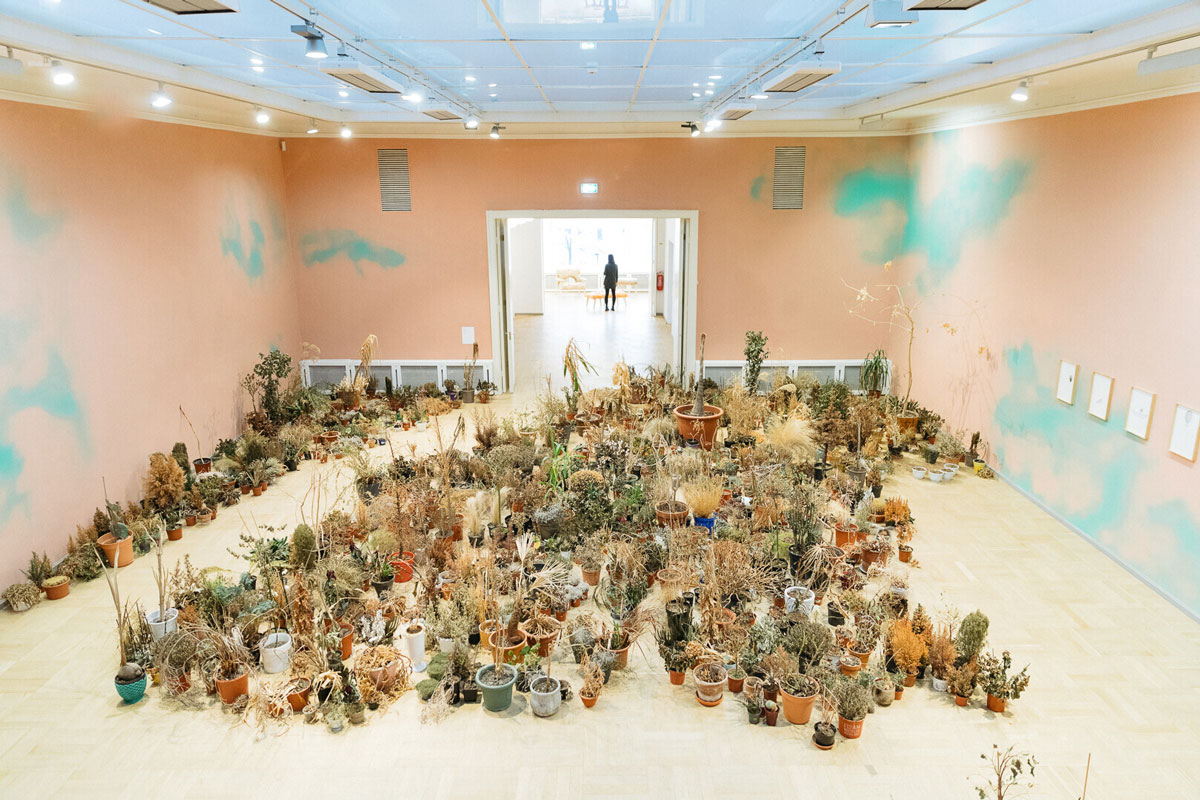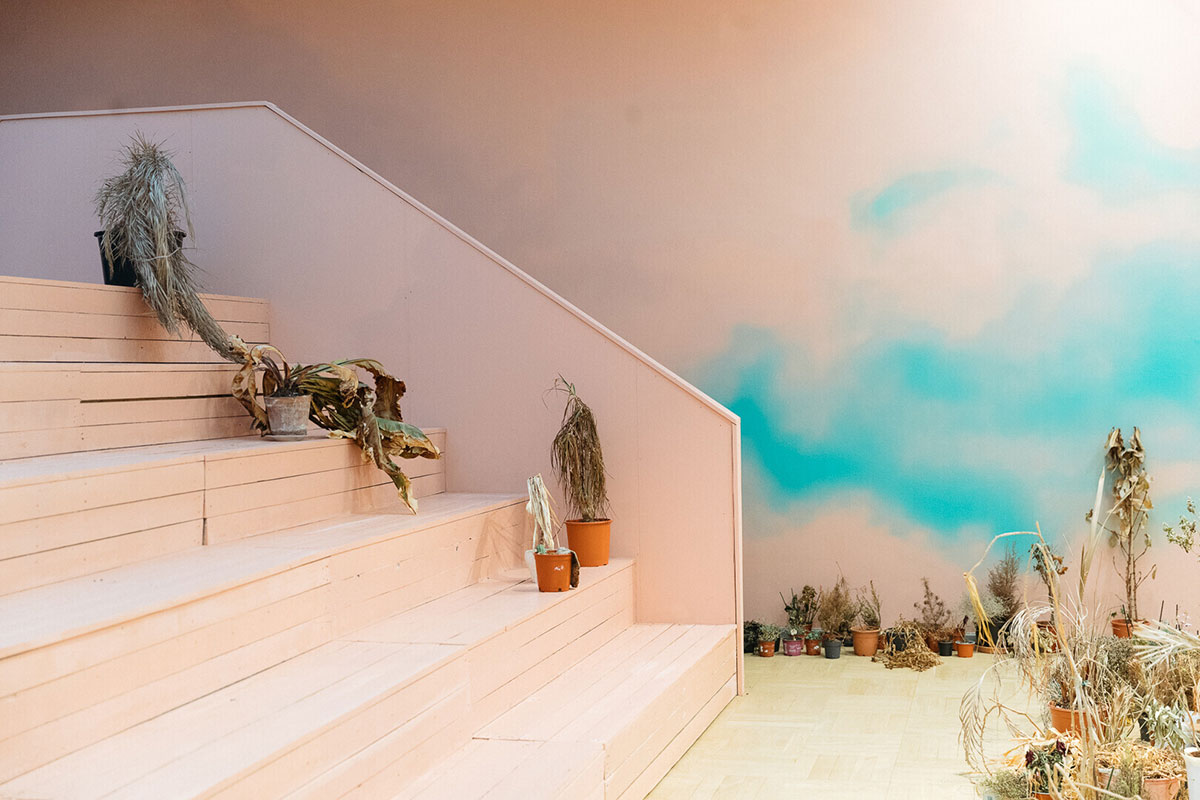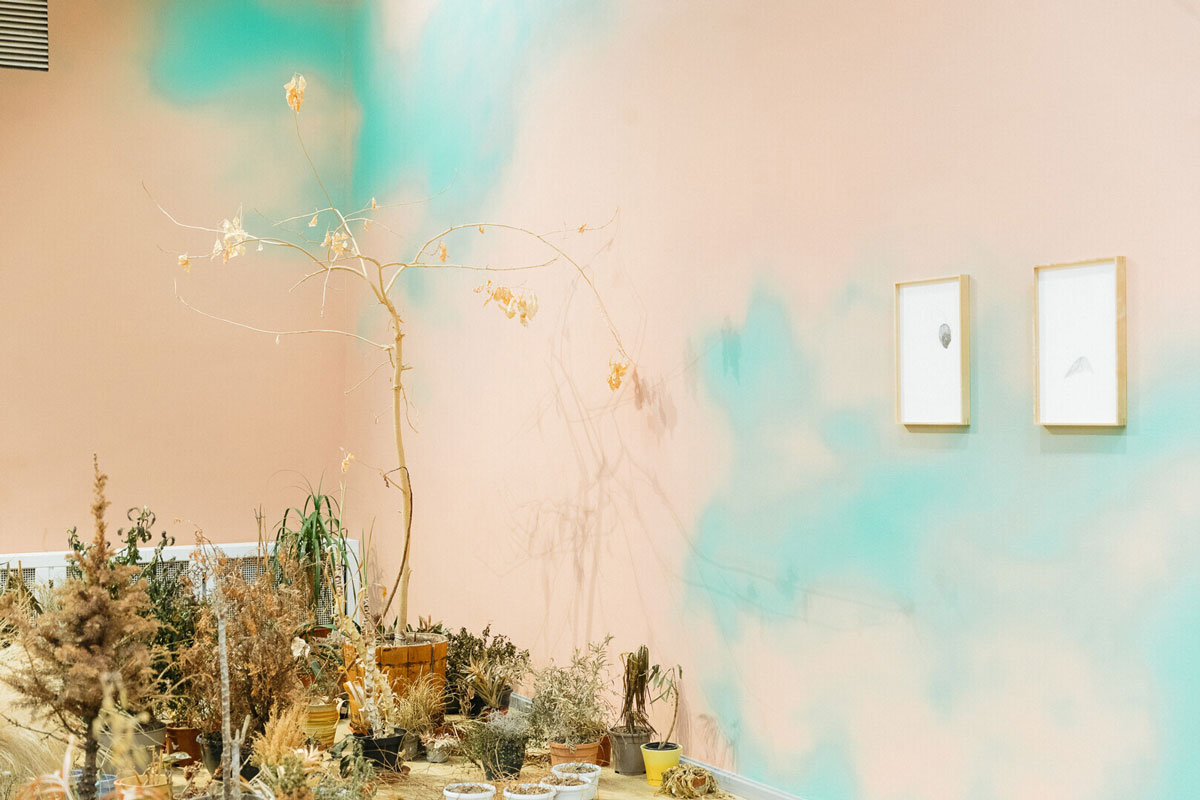ART-PRESENTATION: Flo Kasearu-Cut Out of Life
 There are several themes that Flo Kasearu explores in her work: her Estonian heritage, the current political and economic climate, and the position of the artist in that society. She employs a range of techniques, from creating performances and interactive events, to surreptitious interventions in public space. All of her work is cleverly done and thought-provoking, and raises a number of issues universally relevant to contemporary society.
There are several themes that Flo Kasearu explores in her work: her Estonian heritage, the current political and economic climate, and the position of the artist in that society. She employs a range of techniques, from creating performances and interactive events, to surreptitious interventions in public space. All of her work is cleverly done and thought-provoking, and raises a number of issues universally relevant to contemporary society.
By Dimitris Lempesis
Photo: Tallinn Art Hall Archive
Flo Kasearu, one of the most important Estonian contemporary artists, which conceptualizes domestic violence against women, a social problem with devastating and severe effects on society, presents her largest solo exhibition to date, entitled “Cut Out of Life”. Flo Kasearu’s art is playful, provocative and conceptual, exploring the broader conditions of society. In recent years, the artist has drawn attention to the role of women. Cut Out of Life is the result of a long process for the artist. Even though the problem of domestic violence, which was kept quiet and considered taboo for a long time, has gained more and more coverage in Estonia in recent years, it still remains a pressing issue in society. Kasearu’s personal interest in this topic is by no means recent, and did not simply rise out of solidarity; rather, it is rooted within her own biography. In 2009, the artist’s mother, Margo Orupõld opened a women’s shelter in the city of Pärnu. Over the years, through creative workshops and art projects, Kasearu has been engaging with several generations of women living in and receiving counselling from the Pärnu Women’s Shelter. Spanning across the generous spaces of the Tallinn Art Hall, the artist conceived the exhibition as a narration in chapters that follows the efforts of survivors of violence who seek to gradually claim independence from their abusive partners. Through her visually playful and provocative practice, Kasearu understands how to engage her audience, pushing the right buttons. She proposes genuine and helpful solutions, also showing us that sometimes humour and laughter can be the best form of therapy.
One of Flo Kasearu’s earliest works was a live sculpture entitled “Estonian Sculpture” (2005), which involved the artist dressed in national costume, raised on a pedestal, bearing a sign that read “I am dead.” The piece points to concerns about the potential loss of national identity in the wake of EU accession, a common fear among the smaller nations of Europe that have only just shaken off the shackles of the previous “Union” and are keen to assert their unique cultural heritage on the European and world stages. Later, Flo lived in Germany as an Erasmus student, where she thought a lot about her homeland and what it means to be Estonian. While there, she created the short film “Multi Travels” (2007), which depicts a young Estonian woman in national dress walking around the city and promoting “Estonia” as a nation, brand, or even religion. She walks up and down the subway car, not begging for money, as one might often witness in such situations, but providing information to the locals about her faraway land, Estonia. “In Estonia we have East European time zone,” she announces. The girl eventually goes and stands on a pedestal in front of the Estonian Embassy, a representative of her country abroad. While she tries to integrate and adapt, eventually, she escapes by running into the forest. When Flo returned to Estonia, she worked on a piece entitled “Keep in Touch” (2008), where she posed as a tourist in her own city, taking Polaroid snapshots of herself in front of the displays at the Estonian National Museum. Connected with her interest in her own national cultural identity are concerns regarding the local political situation in Estonia. With the economy shrinking following the economic crisis of 2008, politicians made promises that they could not deliver, because of material shortages. Flo used her artistic talent and innovation to make good on a promise that Estonian politicians made to repair all of the roads (a common problem in much of Eastern Europe in the post-Soviet period). Since the government wouldn’t fix them, she filled the cracks in the road with green paint, creating a playful artistic design where there once was an eyesore titled “A Promise” (2008). The economic crisis affected individual citizens in more personal ways, including the artist. In response to that, Flo created “Best Before is Over” (2010), a short film about her mother’s corner grocery store. Since the budget she had available to her was relatively small, she improvised, and instead of using real actors she used cardboard cut-outs of pictures of famous Estonian actors, with their permission, of course. The film presents the trials and tribulations of dealing with employees and customers in challenging economic times. One way to stimulate the economy is to create jobs, and Flo did just that, with her interactive piece “Artificial Queue” (2010). The artist commented that she had never seen people lining up for an art exhibition, although they line up for the opening of a new hypermarket all the time. In fact, during the Soviet times, since there were not many other forms of entertainment, people could often be seen queueing for art exhibitions, especially for shows by popular artists. In April of 2010, Flo announced in the newspaper that the first 100 people to arrive at the Tallinn City Art Hall on April 4th would receive 100 Estonian Kroner. When the guests arrived in the hall, they saw that the room was empty – they were the exhibition. While some were disappointed, they were reassured by being told that they could meet and observe one another. Flo’s interests also extend beyond her own national borders. One project, a filmed action/intervention, “Basic Navigation for Chisinau” (2010), follows two tourists through the Moldovan capital, asking for various streets and landmarks. The language is carefully crafted, with laugh-out-loud funny interactions between locals and foreigners. Flo has found her own solution to existing as an artist during difficult economic times. She has created the “Flo Kasearu House Museum,” a living museum where the artist resides, creates, stores her work, and shows it to the public. The museum is the artist’s family home, which only recently returned to fully being in the family’s possession. The artist commented that she wanted to create the museum now, because she didn’t want to wait until she was dead.
Photo: Flo Kasearu, Cut Out of Life, Exhibition view Tallinn Art Hall-Tallinn, 2021, Photo: Paul Kuimet, Courtesy the artist and Tallinn Art Hall
Info: Curator: Cathrin Mayer, Tallinn Art Hall, Vabaduse Väljak 8, Tallinn, Duration: 20/1-28/3/2021, Days & Hours: Wed-Sun 12:00-18:00, www.kunstihoone.ee
